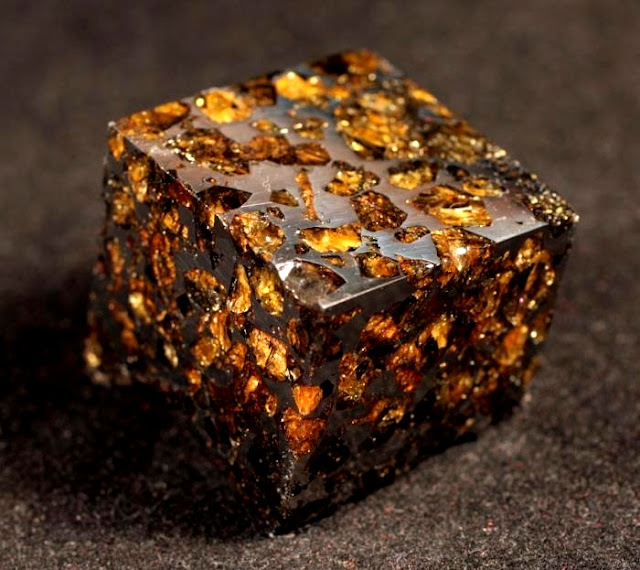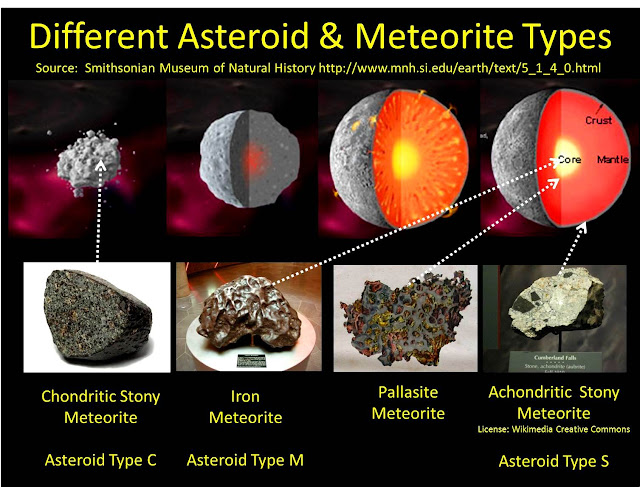Meteorite Identification: Have you discovered an area rock?
 |
| The pallasites are a category of stony–iron meteorite. |
Have an fascinating rock in your possession and need to see if it’s out of this world?
How Rare Are Meteorites?
One of my comfortable duties as a meteorite hunter is operating a site that makes a speciality of my favourite topic. We obtain lots of of hundreds of tourists annually, and I attempt to keep a good stability on the location between schooling, pictures and studies about our expeditions, and business gross sales of meteorites. One of probably the most incessantly visited sections of the location is an in depth information to meteorite identification. As a results of that information we obtain, virtually day by day, inquiries by letter and e-mail from hopeful people who assume they could have discovered a rock from outer area.
Meteorites are among the many rarest supplies that exist on our planet-far much less widespread than gold, diamonds, and even emeralds. So, the probabilities of discovering a brand new instance are slim-even for these of us who make their dwelling attempting to find, and learning, meteorites. I do spend a big period of time annually aiding individuals who assume they could have discovered the actual factor, however the odds are towards it. Out of the various a whole lot of suspected area rocks despatched to us for testing, far lower than one % turn into real guests from outer area.
Visual Identification of Meteor-Wrongs
Meteorites are likely to look totally different from the bizarre terrestrial rocks round them. They don’t include the widespread earth mineral quartz, and generally don’t include vesicles. When fuel escapes from cooling molten materials, it creates small pinprick holes or cavities in a rock’s floor. The volcanic rock pumice, typically utilized in pores and skin look after the removing of callouses, accommodates vesicles which is among the causes it is extremely mild in weight. If a suspected meteorite seems to be like a sponge, with plenty of tiny holes, it’s in all probability volcanic rock or slag of earthly origin.
Below you will see that descriptions of seven totally different exams you are able to do to find out if the rock in query is a meteorite.
B. Metal
Most meteorites include at the least some metallic. Do you see the metallic shining on a damaged floor? If so, you may need a meteorite.
P. Density
Density – Those meteorites that do have a variety of metallic are typically very dense in comparison with common rocks. Do you have got one thing very dense such that it might be a meteorite? But keep in mind that not all meteorites are dense.
O. Magnetic Properties
Magnetic Properties – A lot of meteorites include shiny iron-nickel metallic grains or consist largely of iron-nickel metallic. The iron within the metallic attracts a magnet. Is a magnet interested in the floor of your pattern? If so, you may need a meteorite. But keep in mind that a variety of regular rocks on the Earth are additionally magnetic. So, simply because one thing is magnetic, it doesn’t suggest that it’s a meteorite.
A. Chondrules
Some primitive meteorites have little spherical items of stony materials in them. These little spherical items are referred to as chondrules. Some sedimentary and volcanic rocks can have spherical particles that look considerably like chondrules. Does your pattern include chondrules? If it does, you may need a meteorite.
H. Fusion crust
When a meteorite is falling by way of the environment, it begins to warmth up due to the acute compression of the environment. The meteor will get so scorching that the outer floor begins to soften, which produces a skinny black/brown coating on the floor of the rock referred to as a fusion crust. Iron meteorites might present proof of melted metallic on their floor, however that is much less widespread. Fusion crusts are current on freshly fallen meteorites, however the crusts are fragile and may climate away from samples that fell a very long time in the past. Small patches of fusion crust can typically stay in hollows of the pattern. Does your pattern have a fusion crust? If so, you’ve a meteorite.
S. Regmaglypt texture/thumbprints
When the floor of the meteorite begins to soften throughout entry into the environment, some areas of the meteorites are eroded by the melting greater than others, virtually like somebody is taking little scoops of fabric out. This leaves a bunch of small dents within the floor of the rock, making it seem like somebody put thumbprints into clay. The floor of most meteorite samples have these thumbprints referred to as “regmaglypts,” which may range in measurement from lower than a centimeter as much as as a lot as 10 centimeters. Does your pattern have Regmaglypt texture/thumbprints? If so, you will have a meteorite.
S. Streak
Most meteorites gained’t depart a streak, however the surfaces of some meteorites may depart a reddish streak if they’ve been oxidized (rusted). If you drag your pattern throughout this “streak plate,” and it leaves a pink/orange line, then the pattern might be a standard mineral on the Earth referred to as hematite. If the pattern is magnetic and leaves a black or grey streak, then it is perhaps the widespread terrestrial iron-oxide mineral referred to as magnetite. Does your pattern trigger a streak on a “streak plate?” If not, you might have a meteorite.
The above publish is reprinted from Materials offered by NASA’s Dawn Mission.
